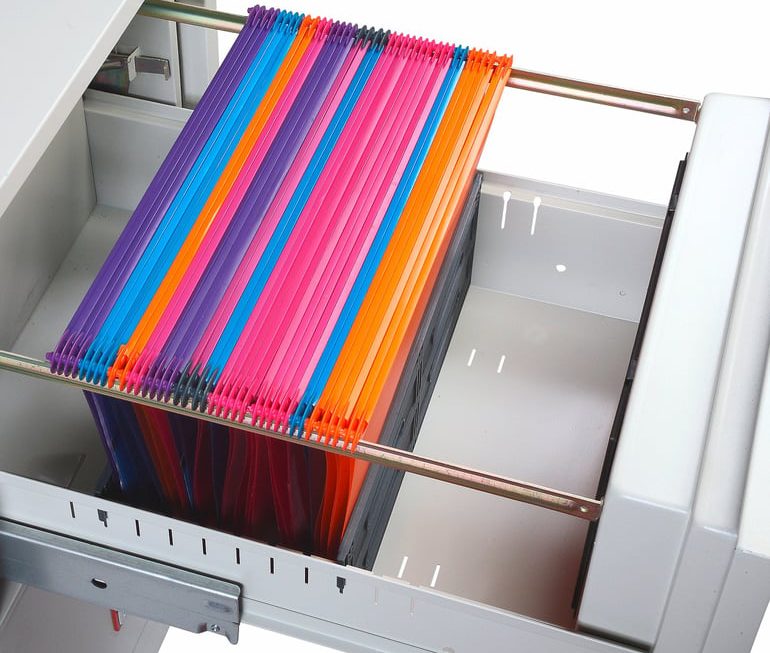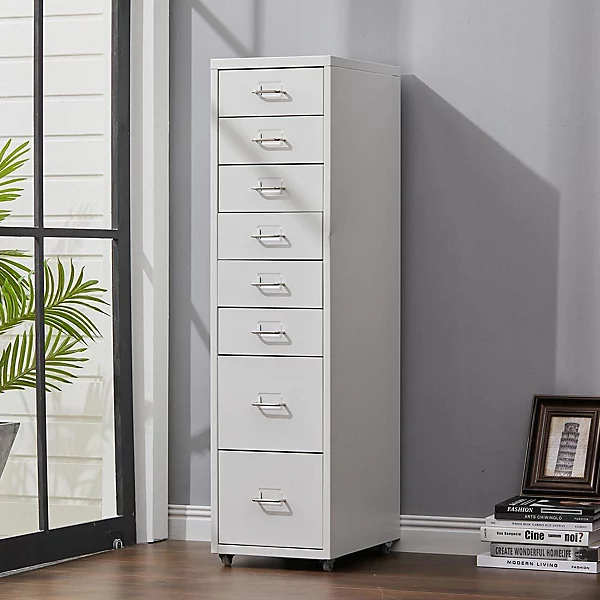 Introduction:
Introduction:
Decorative numbers for houses have become a popular choice for homeowners seeking to enhance the aesthetics of their home address display. These stylish and eye-catching numbers offer a functional and decorative element, allowing residents and visitors to easily identify and locate a house. In this comprehensive guide, we will explore the world of decorative numbers for houses, including their materials, designs, installation methods, and benefits. By understanding the options available and the impact they can have on curb appeal, homeowners can transform their house numbers into an attractive and welcoming feature of their home.
 Materials Used in Decorative Numbers for Houses
Materials Used in Decorative Numbers for Houses
Metal Numbers:
Metal numbers, such as stainless steel, brass, or wrought iron, offer durability and a classic appeal.
These numbers can be polished, painted, or left with a natural finish, allowing for versatile design possibilities.
Acrylic or Plastic Numbers:
Acrylic or plastic numbers are lightweight and weather-resistant, making them a practical choice for outdoor use.
They can be molded into various shapes and sizes while offering a wide range of color options.
Ceramic or Porcelain Numbers:
Ceramic or porcelain numbers provide a unique and elegant appearance.
These numbers are often handcrafted and can be personalized with custom designs or patterns.
Design Options for Decorative Numbers for Houses
Classic Block Numbers:
Classic block numbers offer a timeless and clean look.
They are easy to read and complement various architectural styles.
Script or Cursive Numbers:
Script or cursive numbers provide a more decorative and artistic touch.
These numbers add a sense of elegance and sophistication to the house address display.
Custom Designs:
Custom-designed numbers allow homeowners to express their unique style and preferences.
They can incorporate symbols, motifs, or personalized fonts to create a one-of-a-kind house number display.
Installation Methods for Decorative Numbers for Houses
Surface-Mounted Installation:
Surface-mounted installation involves attaching the numbers directly to the exterior wall or the mailbox.
This method is straightforward and suitable for various surfaces.
Floating or Raised Installation:
Floating or raised installation creates a three-dimensional effect by mounting the numbers slightly away from the surface.
This method provides a modern and eye-catching display.
Freestanding Installation:
Freestanding installation involves placing the numbers on a standalone structure, such as a plaque or boulder.
This method offers flexibility and can create a unique focal point for the house address.
 Benefits of Decorative Numbers for Houses
Benefits of Decorative Numbers for Houses
Enhances Curb Appeal:
Decorative numbers make a statement and can significantly enhance the visual appeal of a home.
They add a touch of style and sophistication to the exterior, creating a positive impression for visitors and potential buyers.
Improved Visibility and Identification:
Large, bold, and well-placed decorative numbers ensure easy identification of the house address, particularly during low-light situations.
This enhances convenience for guests, delivery persons, and emergency services.
Personalization and Expression:
Decorative numbers allow homeowners to showcase their personal style and create a sense of identity.
They can reflect the overall design theme of the home or convey a specific message or symbolism.
 Maintenance and Care Tips for Decorative Numbers for Houses
Maintenance and Care Tips for Decorative Numbers for Houses
Regular Cleaning:
Clean the decorative numbers periodically to remove dirt, debris, and dust buildup.
Use a mild soap or cleaning solution and a soft cloth or sponge to prevent scratching.
Weatherproofing:
Depending on the material, apply a protective sealant or coating to enhance the durability and weather resistance of the decorative numbers.
Follow the manufacturer’s instructions for the specific material used.
Inspections and Replacements:
Regularly inspect the decorative numbers for signs of damage, such as fading, cracking, or loose attachment.
Replace any damaged or worn-out numbers promptly to maintain the overall appearance and functionality.
Some current trends in decorative house numbers:
The popularity of decorative numbers for houses is influenced by evolving design trends. Here are some current trends in decorative house numbers:
Minimalist Design:
Minimalist design continues to be popular, with clean lines and simple shapes. Decorative numbers with sleek fonts, monochromatic finishes, and uncluttered designs are sought after for a contemporary and modern look.
Mixed Materials:
Combining different materials is a trend that adds visual interest to decorative numbers. For example, metal numbers paired with a wooden backing or acrylic numbers set against a stone surface create a unique and stylish contrast.
Industrial Style:
Industrial-style decorative numbers are gaining popularity. They often feature materials like brushed metal or distressed finishes, with bold typography and a rugged appeal. Industrial-inspired numbers complement modern and urban aesthetics.
Customization:
Customized decorative numbers are on the rise as homeowners seek unique and personalized options. Customizable features include font selection, size variations, and the ability to incorporate house names or other personalized details.
LED Illumination:
Adding LED lights to decorative numbers is growing in popularity. LED-lit numbers are visually striking, especially when used on the exterior of the house. They offer increased visibility at night and create a modern and eye-catching effect.
Eclectic and Artistic Designs:
Embracing creativity and artistic expression, homeowners are gravitating towards decorative numbers that feature unique shapes, patterns, or artistic elements. These numbers become statement pieces, reflecting individuality and personal style.
Sustainability:
Environmentally-friendly options are becoming more important to homeowners. Decorative numbers made from eco-friendly materials, such as recycled metals or sustainably sourced wood, are gaining popularity among those seeking sustainable choices.
It’s important to note that trends can vary depending on personal preferences, regional influences, and architectural styles. Ultimately, choosing decorative numbers should align with your personal style and the overall aesthetic of your home.
Some popular styles of decorative house numbers:
Decorative numbers for houses come in a variety of styles, allowing homeowners to select the one that best suits their personal preferences and complements the overall aesthetic of their homes. Here are some popular styles of decorative house numbers:
Traditional/Classic:
Traditional or classic style decorative numbers often feature serif fonts and ornate details. They have a timeless and elegant look, suiting homes with a more traditional or vintage architectural style.
Modern/Sleek:
For a contemporary and minimalist look, modern or sleek style decorative numbers are a popular choice. They often feature clean lines, sans-serif fonts, and sleek finishes such as brushed metal or acrylic.
Rustic/Farmhouse:
Rustic or farmhouse style decorative numbers add a charming and cozy touch to homes with a rustic or country-inspired design. These numbers often incorporate wood, distressed finishes, or vintage-inspired typography.
Art Deco:
Inspired by the Art Deco movement of the 1920s and 1930s, Art Deco style decorative numbers are characterized by geometric shapes, bold lines, and stylized fonts. They offer a glamorous and sophisticated look.
Mid-century Modern:
Mid-century modern style decorative numbers showcase the design elements popularized in the mid-20th century. They often feature sleek shapes, asymmetry, and retro fonts, adding a nostalgic touch to homes with a mid-century modern aesthetic.
Industrial:
Industrial-style decorative numbers draw inspiration from factory and warehouse settings. They often feature raw metal finishes, distressed details, and bold typography. Industrial numbers pair well with modern or urban design styles.
Nautical/Beach: Nautical or beach-inspired decorative numbers are perfect for homes near the coast or those with a beach-themed interior or exterior design. They often feature marine-inspired imagery such as anchors, shells, or waves.
Custom/Artistic: Custom or artistic style decorative numbers allow for unique and personalized designs. They can incorporate various elements such as custom fonts, decorative motifs, handcrafted detailing, or personalized house names.
These are just a few examples of the diverse range of styles available for decorative numbers for houses. Homeowners can choose a style that resonates with their personal taste and complements the architectural design of their homes.
 Conclusion:
Conclusion:
Decorative numbers for houses offer homeowners an opportunity to enhance the visual appeal and functionality of their home address display. With a variety of materials, designs, and installation methods, these numbers can be customized to match individual preferences and complement architectural styles. Adding decorative numbers not only improves curb appeal but also ensures easy identification and creates a personalized touch. By understanding the options available and following proper maintenance and care, homeowners can proudly display their house numbers with style and grace, making a lasting impression on all who visit.



